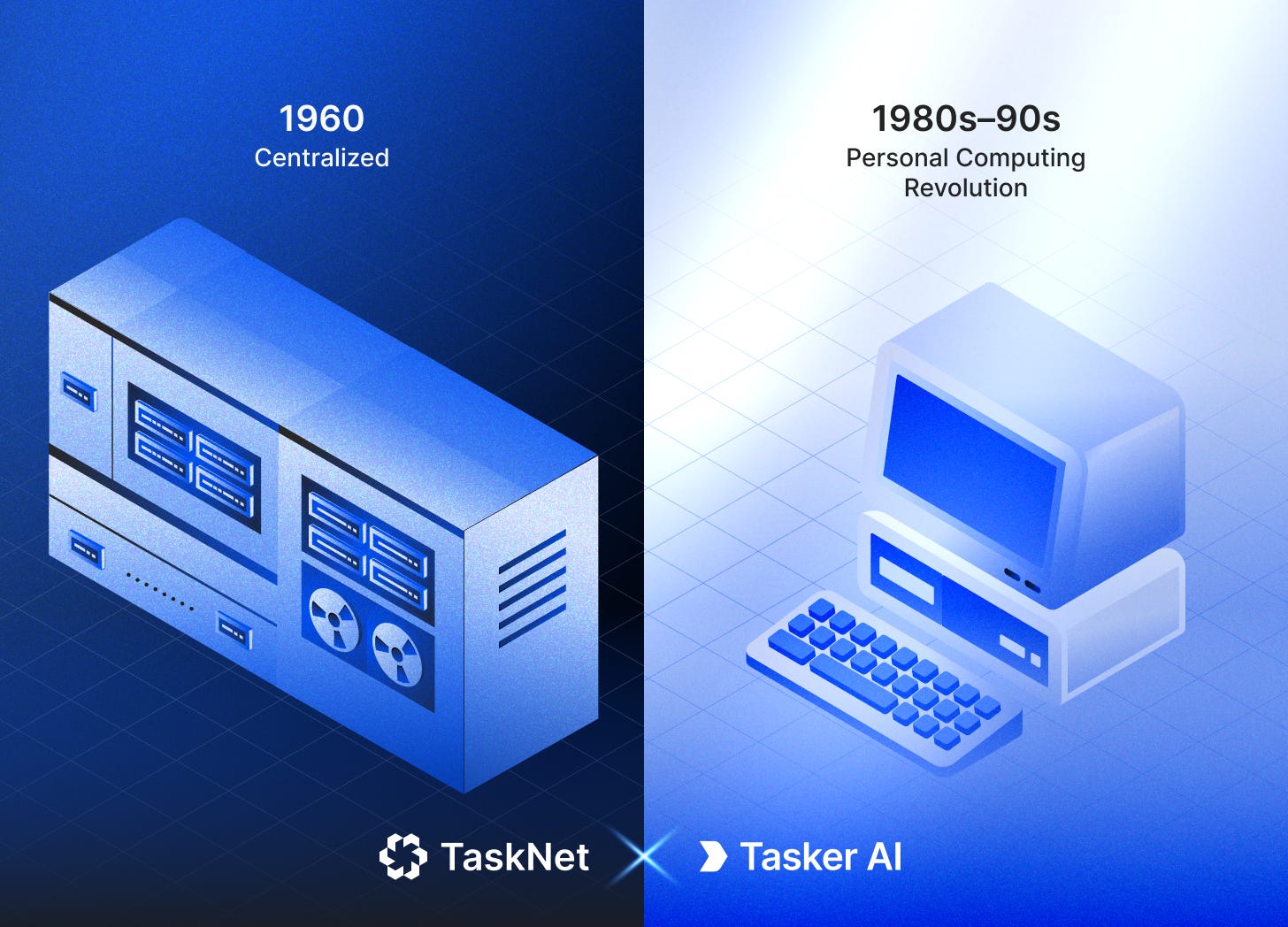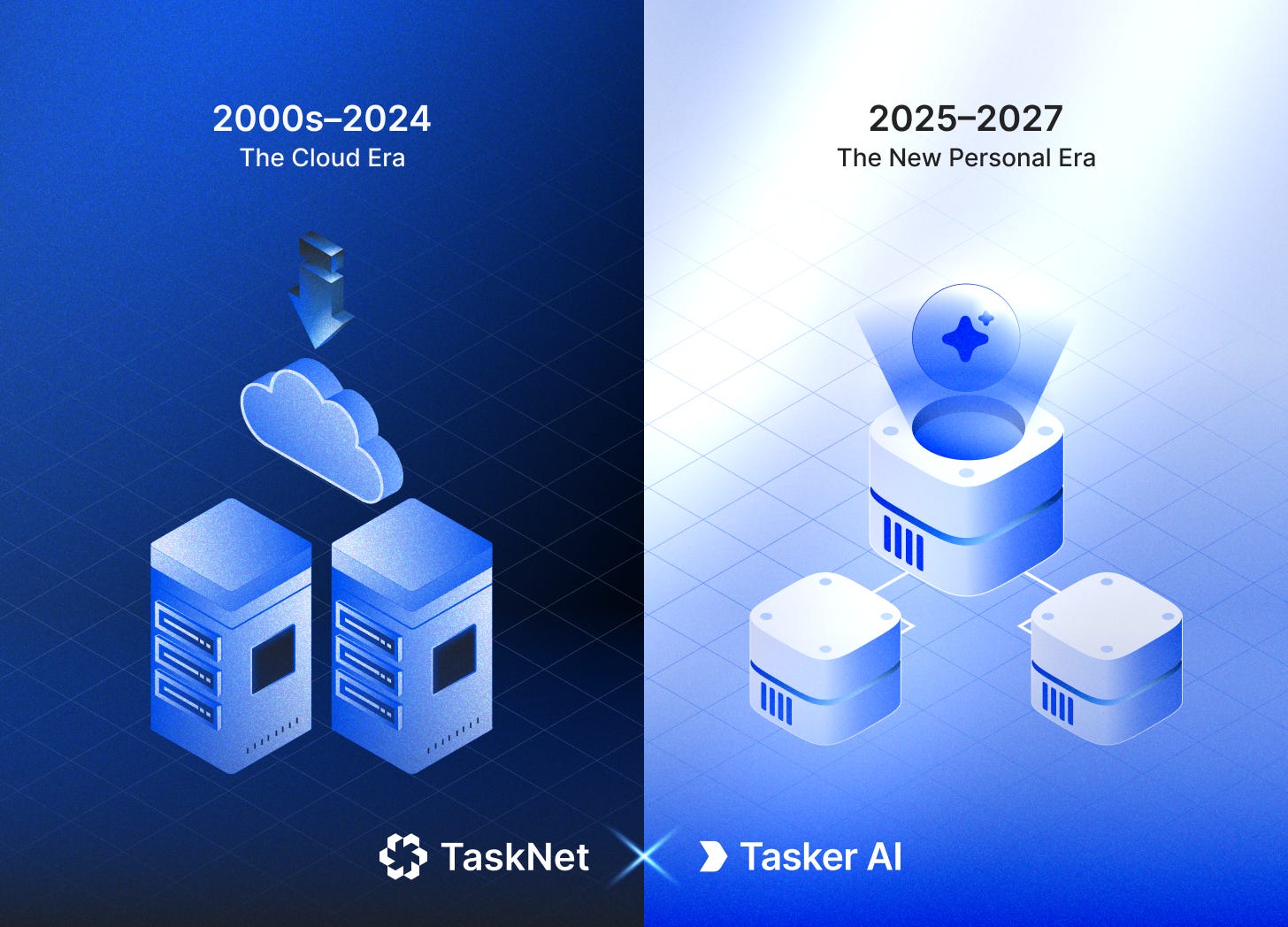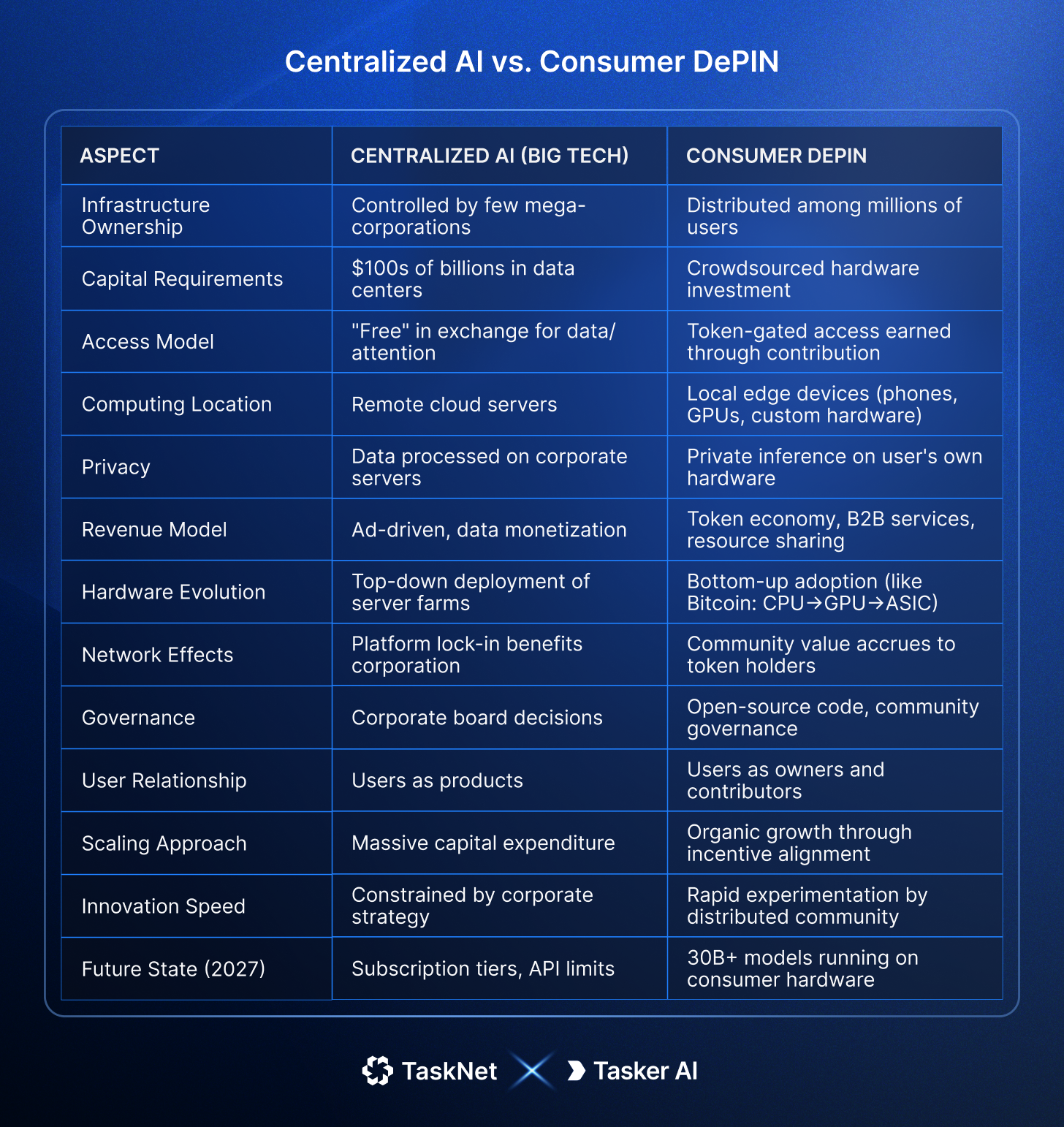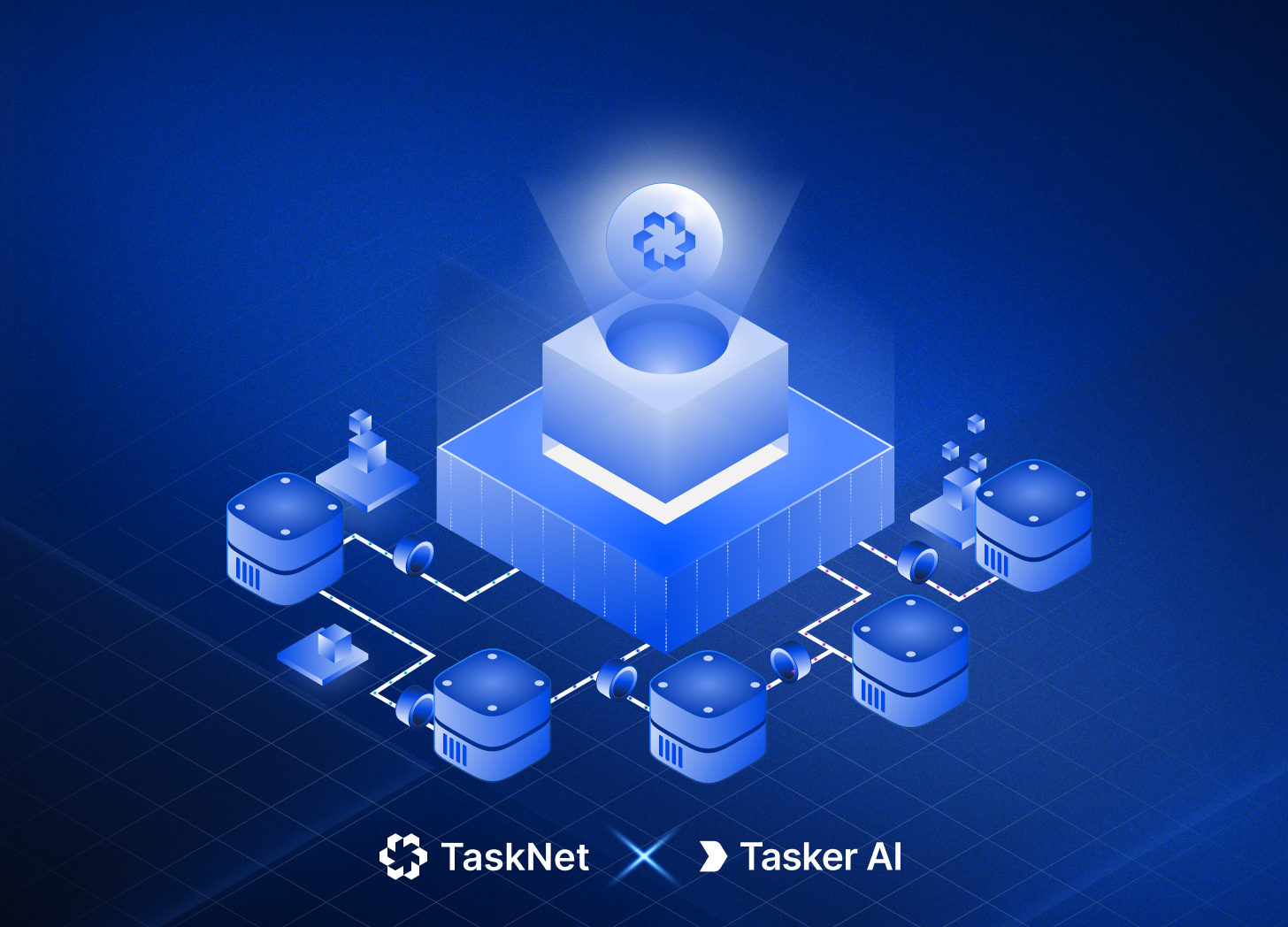In the 1960s a single IBM System 360 mainframe could occupy an entire room and cost millions of dollars. Today the average smartphone in our hands outperforms that historic machine by orders of magnitude. The same trajectory that shrank hardware is now playing out with AI.
A combination of LLM architecture efficiency and relentless hardware GPU innovation are turning what once required a datacenter into something that will soon run at the edge, unlocking unprecedented opportunities for new players.
Big Tech incumbents are pouring 100s of billions of dollars into hyperscale GPU clouds and subsidizing “free” AI use to maintain market dominance.
This new computing paradigm demands rethinking hardware and reimagining human-computer interaction from the ground up—with ambient listening that lets agents interject naturally, and fast, private inference on your data. Purpose‑built hardware can expose secure elements for key storage, provide means for authentication and proof of humanity in an internet dominated by AI agents. If anything, custom hardware can make the network much more powerful as a platform.
Most apps compete for mindshare by fragmenting our attention. Great AI experiences should save time, like a thoughtful coworker who steps in only when needed. In my opinion, DePIN is uniquely positioned to facilitate this approach and deliver the ecosystem that makes it possible.
The Rise of Consumer DePIN
I would argue Bitcoin mining was the first DePIN project. Early miners rushed to buy specialized hardware to secure a public ledger. Bitcoin became a trillion‑dollar asset class only after hobbyists kept investing from CPUs to GPUs to ASICs. Each hardware leap increases community investment and interest in the project while improving security and the asset value.
Helium is another example of crowdsourced 5G cellular coverage. Hardware owners earn HNT whenever their hotspots move sensor data or phone traffic.
The same template will work for any infra‑heavy application: home hardware feeding a community-owned AI software, coordination and compensation can be automated on‑chain, a DePIN can bootstrap physical capacity that rivals deepest‑pocketed incumbents.
NVIDIA’s RTX 5090 and RTX 4090 already run quantized Qwen, Deepseek Kimik2 that. It is not difficult to imagine three years forward and millions of end devices will comfortably host 30B‑parameter assistants offline.
User‑Owned and Rethinking Freemium with Tokens
In a consumer DePIN, a token is more than a speculative asset: it is the key that grants access to the software and GPU time. And with the rise of AI agents, communities can organize and build public utilities such as search engines, AI applications that are distributed as a public good with utility reflected in the demand, and supply of the token. Tokens let us invert the freemium funnel: instead of giving away service to anyone with an email address, access is earned by contributing scarce resources like bandwidth, GPU time, or code commits. Because tokens are transferable, power users can also resell unused capacity—smoothing demand spikes and seeding secondary markets
Open Networks and B2B: A Complementary Path
Tokens create a powerful flywheel, driving community adoption and incentivizing broad utility. Enterprise offerings are often consultative by nature, allowing labs to sustain separate B2B revenue streams independent of the token, while still benefiting from the momentum of the open-source network and its distribution.
Consumer DePIN: The Time is Now
Consumer DePINs offer a credible path to infrastructure that belongs to its users, governed by open code and sustained by token rewards. Builders should seize the opportunity:





